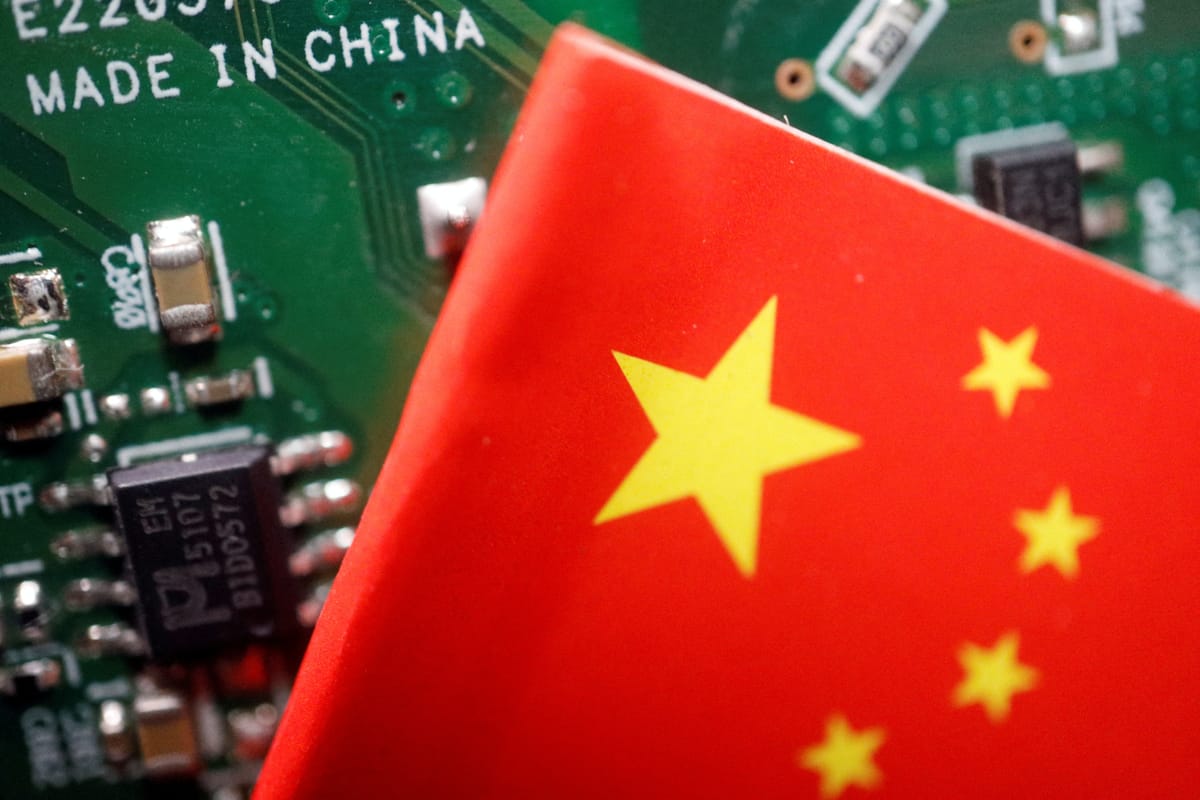Wall Street says now is the time to invest in Chinese chip stocks
China has put over US$100 billion into boosting domestic chip manufacturing.

A few minutes every morning is all you need.
Stay up to date on the world's Headlines and Human Stories. It's fun, it's factual, it's fluff-free.
The backstory: Semiconductor chips are used in most of our everyday technology, from mobile phones to refrigerators and cars. And with the recent boom in artificial intelligence (AI), chips used for training AI are in super-high demand. The largest semiconductor chip manufacturers are mainly based in East Asia with Taiwan, South Korea, Japan and China in the top five and the US in fourth place.
In 2022, under the Biden administration, the US introduced the CHIPS and Science Act, which was legislation that aimed to invest in domestic scientific innovation and tech, including chipmaking. At the time, a surge in demand (on top of other supply chain issues) had led to a chip shortage. So, the bill was hoping to also boost chip production and decrease the reliance the US had on other countries.
The US also introduced new export rules around the same time to restrict the sales of advanced chips and the tech used to make them to China, including anything made abroad using US equipment. The US said this was over concerns with how it might use this advanced tech for military purposes. But it was also all part of the tech race between the two nations, and the US was aiming to slow down China’s tech development.
More recently: In July last year, China announced restrictions on exports of key materials needed to make chips and other electronics, which it said was because of national security concerns. Although many saw this as a response to the US chip export rules. But afterward, a lot of top executives from US chip companies met with US officials to urge the government not to introduce any more restrictions as it was causing challenges when doing business with China.
The development: China has put over US$100 billion into boosting domestic chip manufacturing to get past some of these hurdles and become more self-reliant. So, analysts from Wall Street firms like Barclays and Sanford C. Bernstein are now telling clients to invest in Chinese chip companies like Hygon and Naura, as they have the potential to become as big as their US counterparts like Applied Materials and Advanced Micro Devices. Although investors would be playing the long game, as it’ll take a while to see a return from some of these companies, Chinese chipmakers have a lot of incentive to innovate in order to survive.
Key comments:
“We see the US sanctions as a double-edged sword,” Bernstein’s Qingyuan Lin wrote in a recent note on Chinese chipmakers. “While they may slow China’s progress in cutting-edge areas, they also compel China to develop its supply chain, pursue self-sufficiency, and thrive in segments that benefit from increased domestic substitution.”
“This is an industry that’s full of investment opportunities for early investors to identify the ultimate survivors in the market,” said Sun Jianbo, President of China Vision Capital.




Comments ()